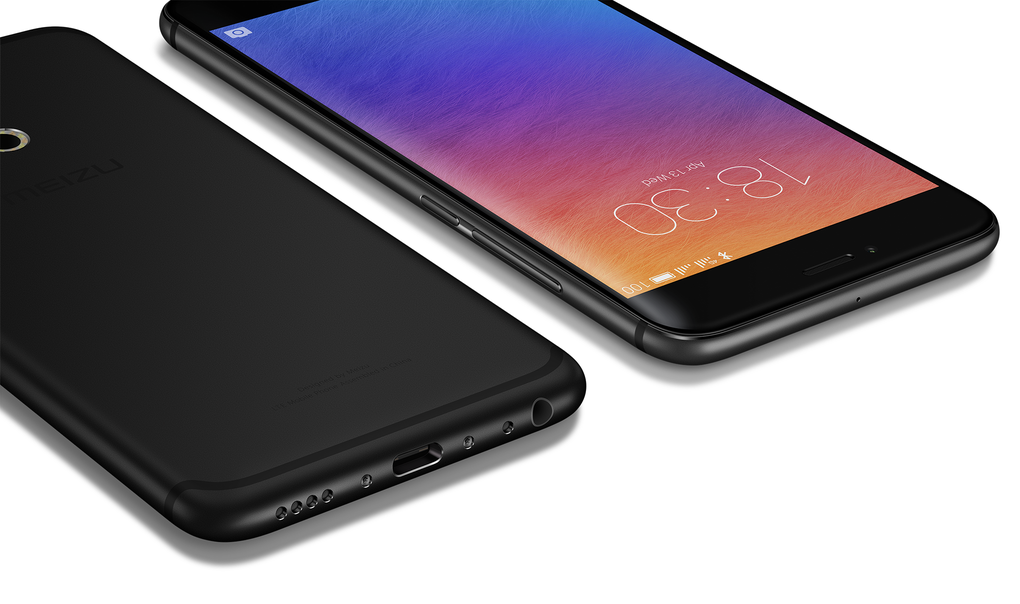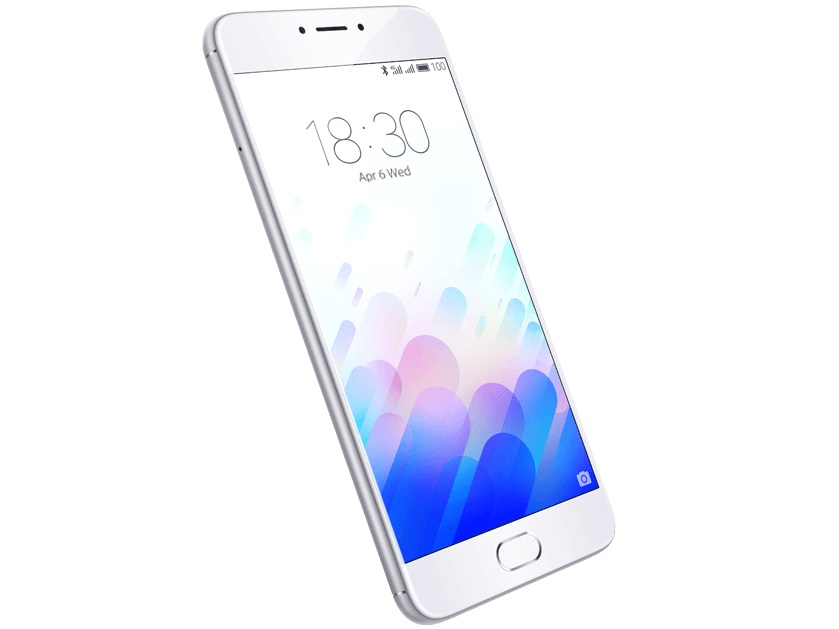Renowned chip maker Intel and Chinese SoC typhoon Rockchip have struck a deal to jointly bring a new breed of mobile SoCs to the market. As we all know, Intel’s reach in the Android mobile space is very limited although it has been vying to get into the game for many years now.
We are expecting to see a bunch of new tablets this year with Intel chips on board, but that’s nowhere close to matching the company’s expectations. Rumors have even suggested that the next Nexus tablet will be based on an ATOM CPU.
Using Rockchip’s expertise in the field, Intel can jump into the Android segment yet again. Even though Rockchip will be manufacturing the SoC, it will be branded as an Intel chipset to the manufacturers. The SoC will feature four ATOM cores based on the x86 architecture, thus making Rockchip the first company to get access to Intel’s CPU architecture.
The two companies will jointly launch SoFIA in mid-2015 — that is the name of the chip that leverages the aforementioned technology — and will make it available to manufacturers shortly after.
“We are always looking for innovative ways to differentiate our product portfolio, and the first-of-its-kind collaboration with Intel helps us do this,” said Min Li, Rockchip CEO. “The combination of Intel’s leading architecture and modem technology with our leading mobile design capability brings greater choice to the growing global market for mobile devices in the entry and value segments.”
It’s good to see Intel taking such a bold step to get into the mobile arena yet again, despite repeated “failures”. Even though it has the resources to match top chip makers, its utilization has been fairly limited so far in comparison to the likes of Qualcomm. This might be their big chance at a change.
[Intel via AnandTech]


















